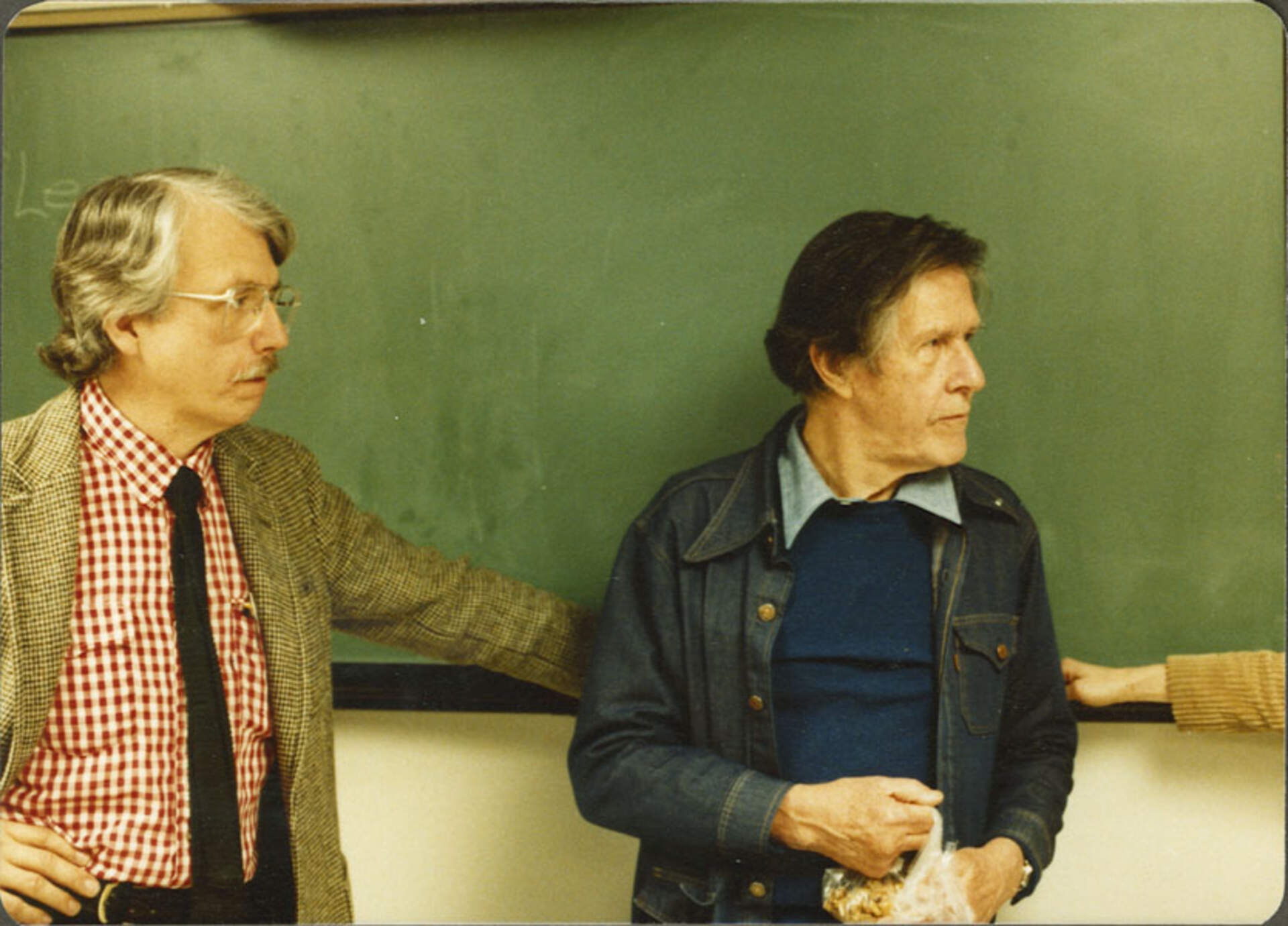
Nils Vigeland Writes about Jan Williams
Tuesday, Jul 1, 2014
At the forefront of music of the past 100+ years is the transformation of instrumental sound through the ascendancy of the role of percussion instruments and at the forefront of this transformation is Jan Williams. When Stravinsky composed L’histoire du soldat, Cage his Constructions or Carter his timpani pieces, they were not only imagining a new world of sound, a new configuration of the hierarchy of instruments, but also of a new kind of performer, one who understood that percussion uniquely bridged the supposed divide between “noise” and “music”. Because percussion instruments blur the line between definite and indefinite pitch, they also can evoke a new sense of the flow of time by creating an environment of sound in which older differentiations of foreground and background are diminished. To bring the myriad instruments of wood, skin, metal, glass, paper (!) into an integrated sound world however requires a musician of great sensivitity both to timbre and time. What Jan does when he plays is to make us aware that a “noise” is a “note” and a “note” is a “noise” and in so doing enlarging our definition of music, engaging us in the totality of sound. Jan has been an inspiration for countless composers. Lukas Foss, John Cage, Elliott Carter, Morton Feldman are but a very few who have written for Jan or found their ideal performer in him. Through his teaching he has shown hundreds of students what it takes and what it means to be devoted to music. Jan, we all say “ thank you!” Music is a larger and richer world because of you.
Nils Vigeland